Jerry Lee
Lewis

-
Inducted2022
-
Born
September 29, 1935
-
Died
October 28, 2022
-
Birthplace
Ferriday, Louisiana
Jerry Lee Lewis (1935 – 2022)
“Jerry Lee Lewis’s indelible mark as a rock & roller in no way obscures his impact as one of the greatest country singers of all time. He was the ultimate stylist, taking songs to places they could never have gone without his unique voice and soul. Known as ‘The Killer,’ in reality he was a reviver, resurrecting music and emotions. The country records he made with producer Jerry Kennedy will never be replicated or surpassed, and we were honored to recently welcome him into the Country Music Hall of Fame. Among the greatest of artists, he was, as his friend Kris Kristofferson put it, ‘a table-thumpin’ smash.’”
—Kyle Young, CEO
Country Music Hall of Fame and Museum

Jerry Lee Lewis – His Life and Career
An explosive rockabilly showman, Jerry Lee Lewis was also among country music’s most expressive performers, with a distinctive and dynamic style as a singer and pianist.
“He was the most talented man I ever worked with, Black or white. One of the most talented human beings to walk on God’s earth,” said Sam Phillips, founder of Sun Records and discoverer of B. B. King, Howlin’ Wolf, Johnny Cash, Carl Perkins, Roy Orbison, Charlie Rich, and Elvis Presley.
Lewis has said as much himself: “I’m the Greatest Live Show on Earth. I’ve seen them all, and I’ve never seen no cat, nowhere, no way, that could follow me.”
Songs
00:00 / 00:00
00:00 / 00:00
00:00 / 00:00
An American Original
Few would dare disagree with “the Killer.” He is a true American original, a genius of rare musical spontaneity, deep feeling, and raucous abandon, who is a pillar of both rock & roll and country music. With uncanny consistency, he has demonstrated that he can take any piece of music and make it his own. He has done so time and again, putting his personal stamp on songs as wide-ranging as the Ray Price hit “Crazy Arms,” Stephen Foster’s “Beautiful Dreamer,” Hank Williams’s “Your Cheatin’ Heart,” the Judy Garland classic “Over the Rainbow,” the gospel standard “When the Saints Come Marching In,” and even Led Zeppelin’s “Rock and Roll.” When Lewis does them, they are all his songs, and they are all country because they are his. He makes them so.
Lewis was born September 29, 1935, in sleepy Ferriday, Louisiana (then population 2,500), near the Mississippi River. His father, Elmo, and his mother, Mamie, scraped out a living on a small farm. Elmo sold moonshine on the side and was briefly imprisoned for it. They were God-fearing people who loved music and sang hymns every Sunday at the local Assembly of God church. During evenings, they would often gather around Elmo and join him as he played guitar and sang the songs of his favorite musician, Jimmie Rodgers.
At the age of eight, Lewis discovered the instrument that was destined to become his second voice and forever associated with him: the piano. His aunt and uncle had a piano in their parlor, and visiting one day, he walked up to it and picked out the tune “Silent Night.” At that point, Lewis had never taken a music lesson. Recognizing his son’s innate talent, Elmo eventually mortgaged the family home for $300 and bought a rebuilt upright piano for his son to play. He took only one piano lesson—and it ended badly—but he was soon playing tunes by ear for hours every day. He played that piano so much he wore the ivory off the keys.
“I’m the Greatest Live Show on Earth. I’ve seen them all, and I’ve never seen no cat, nowhere, no way, that could follow me.” — Jerry Lee Lewis
Creating a Personal Style
In June 1949, at age thirteen, Lewis performed in public for the first time, at a car dealership, collecting $14, and before long was playing in local juke joints. As he developed his distinctly personal style, he poured into it everything that he loved: rousing gospel hymns, Tin Pan Alley songs, the classics of Jimmie Rodgers and Hank Williams, the boogie-woogie piano playing of Black blues players and country great Moon Mullican. Often Lewis would sneak out at night to visit a Black nightclub in town, Haney’s Big House, along with his cousins Mickey Gilley and Jimmy Swaggart. There Lewis reveled in the sounds of many leading Black artists, including Muddy Waters, Ray Charles, and B. B. King. “It was like strolling through heaven,” Lewis recalled.
In 1955, Lewis visited Nashville, hoping to land a record deal, but he found no takers. In the fall of 1956, after reading an article about Sun Records in Country Song Roundup magazine, he knew where he needed to go. His father sold all the eggs they had on the farm, Lewis saved up some money from his local gigs, and they went to Memphis to see Sam Phillips at Sun Records.
Phillips was out of town when the Lewises arrived, but his recording assistant, Jack Clement, was there. When the receptionist told Clement that a young man was outside who said he played piano like Chet Atkins played guitar, Clement was intrigued: “I said, ‘I want to listen to that,’ and she brought him back and he played ‘Wildwood Flower,’ and he really did sound like Chet Atkins playing the piano.” Clement promptly recorded him and soon shared the tape with Phillips, who was astonished: “I said, ‘Where in hell did this man come from?’ I mean, he played that piano with abandon.”
Sudden Fame at Sun Records
Already, the dynamic sound of Jerry Lee Lewis was fully formed: a driving left-hand rhythm on the piano so strong a bass player wasn’t necessary, spectacular right-hand flourishes of rapidly hammered treble notes and rippling glissandos, and a playing and singing style distinguished by spontaneity, emotion unleashed, and an inherent sense of drama.
Lewis’s first single failed to make major waves, but his second release was volcanic: the revolutionary “Whole Lot of Shakin’ Going On” topped the country and R&B charts in September 1957 and reached #3 in the pop field. In January 1958, he duplicated his success with the equally incendiary “Great Balls of Fire,” a #1 country and #2 pop hit. At that point, he was the hottest artist in both country and rock & roll.
Lewis, however, fell swiftly from the pinnacle of success after news media on both sides of the Atlantic reacted scathingly to his marriage to Myra Gale Brown, who was underage and his first cousin once removed. Lewis himself has said that almost overnight his booking fees plummeted from $10,000 to $250 per date.
Videos
“Chantilly Lace”
live in London, 1983
“Middle Age Crazy”
Pop! Goes the Country, 1977
A Country Comeback
Still, Lewis persevered. In 1963, when his contract with Sun Records expired, Lewis moved to Mercury subsidiary Smash Records. For the next five years, he cut country songs and rock & roll numbers, but he failed to regain traction on the charts until producer Jerry Kennedy asked him to record a country session with newly written songs. “Another Place Another Time,” written by Jerry Chesnut, rose to #4 on the Billboard country chart, and with that hit, Lewis was reborn. Between 1968 and 1981, he had thirty-four Top Twenty country hits, including “What’s Made Milwaukee Famous (Has Made a Loser Out of Me),” “She Even Woke Me Up to Say Goodbye,” “Once More with Feeling,” “There Must Be More to Love Than This,” and “Middle Age Crazy.” That run of hits—and those masterful performances—proved Lewis’s exceptional ability as a country singer and piano player, if ever there were any doubt.
In his later years, Lewis continued to be a vital musical force in concert and on record, cutting powerful remakes of his Sun classics for the biographical film Great Balls of Fire! (1989) and delivering inspired duet performances on the album Last Man Standing (2006) with such luminaries as B. B. King, Merle Haggard, and Bruce Springsteen.
In 1986, the Killer was inducted into the first class of the Rock & Roll Hall of Fame. In 2022, he was forever enshrined alongside his childhood idols Jimmie Rodgers and Hank Williams in the Country Music Hall of Fame.
—Paul Kingsbury
Image Gallery
-

Jerry Lee Lewis (left) at a recording studio with Sam Phillips, c. 1950s.
-
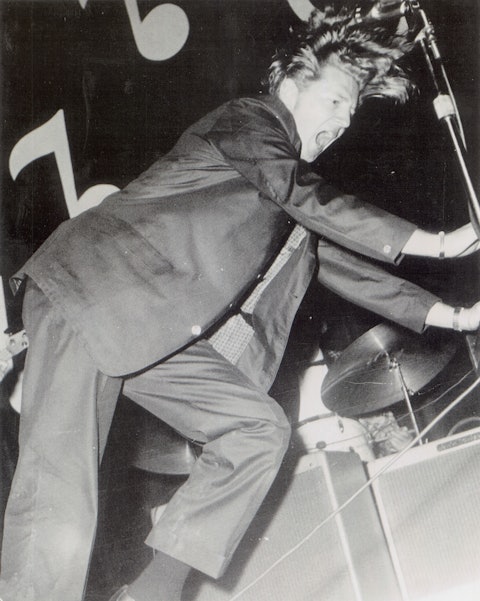
Jerry Lee Lewis, c. 1950s.
-
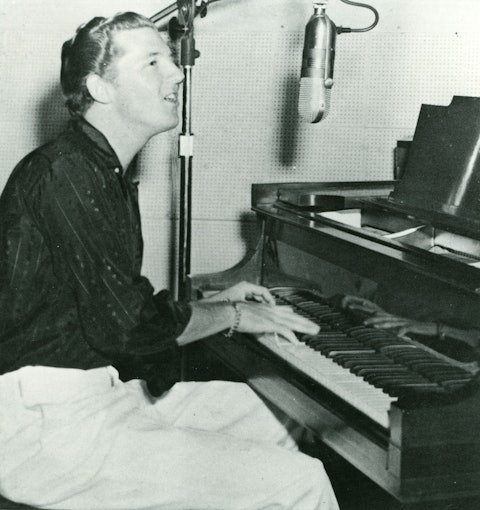
Jerry Lee Lewis at a recording studio, possibly Sun Records, 1956.
-
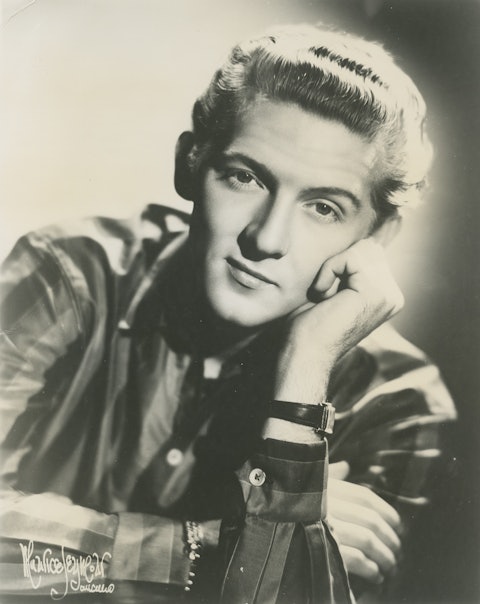
Sun Records publicity photo of Jerry Lee Lewis, 1958. Photo by Maurice Seymour.
-
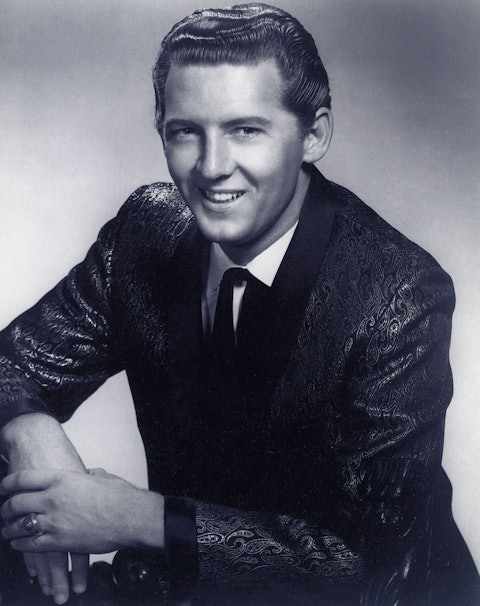
Jerry Lee Lewis, c. 1960s.
-

Jerry Lee Lewis, 1969. Photo by Raeanne Rubenstein.
-

Jerry Lee Lewis, 1975. Photo by Raeanne Rubenstein.
-
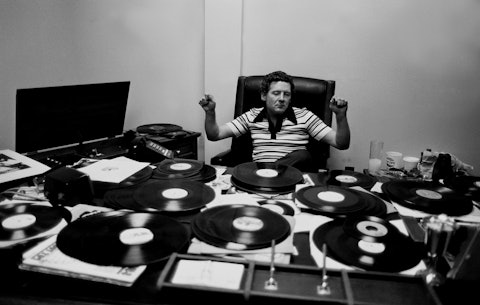
Jerry Lee Lewis, 1975. Photo by Raeanne Rubenstein.
-
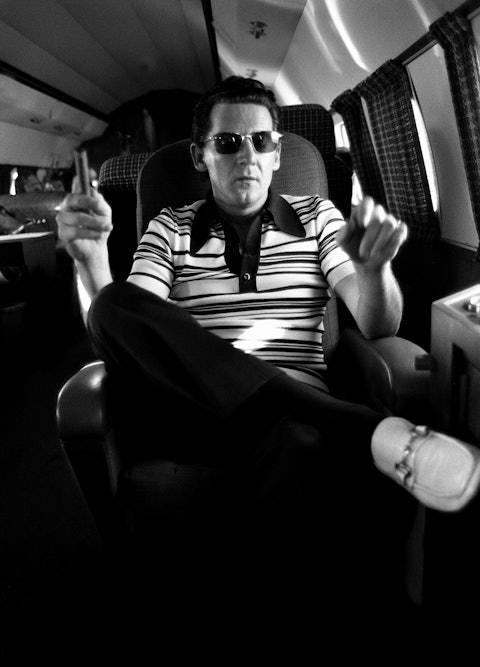
Jerry Lee Lewis, 1975. Photo by Raeanne Rubenstein.
-
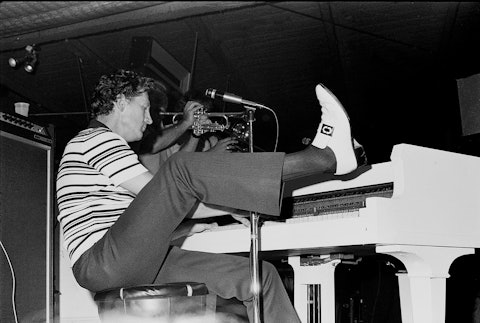
Jerry Lee Lewis, 1975. Photo by Raeanne Rubenstein.



